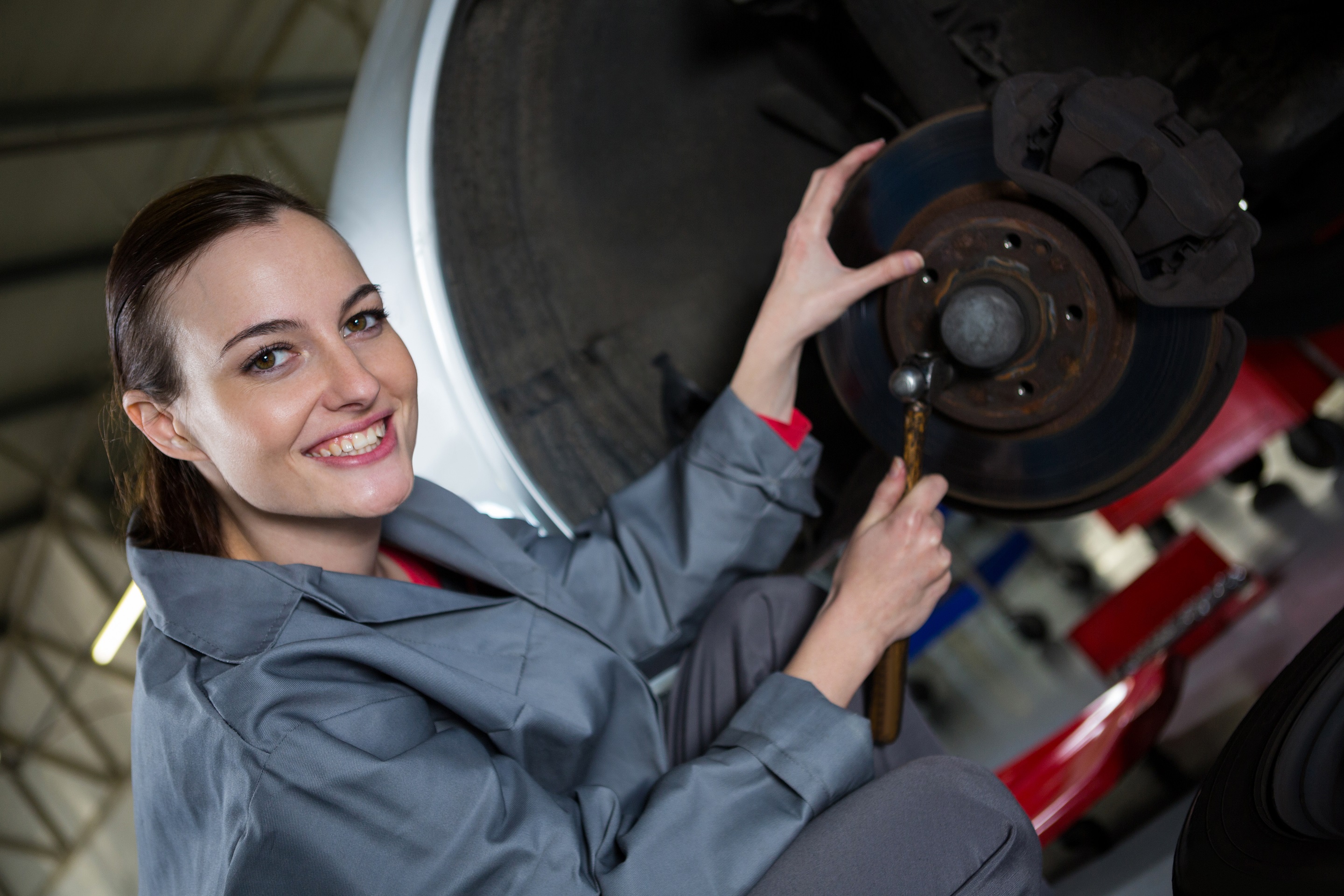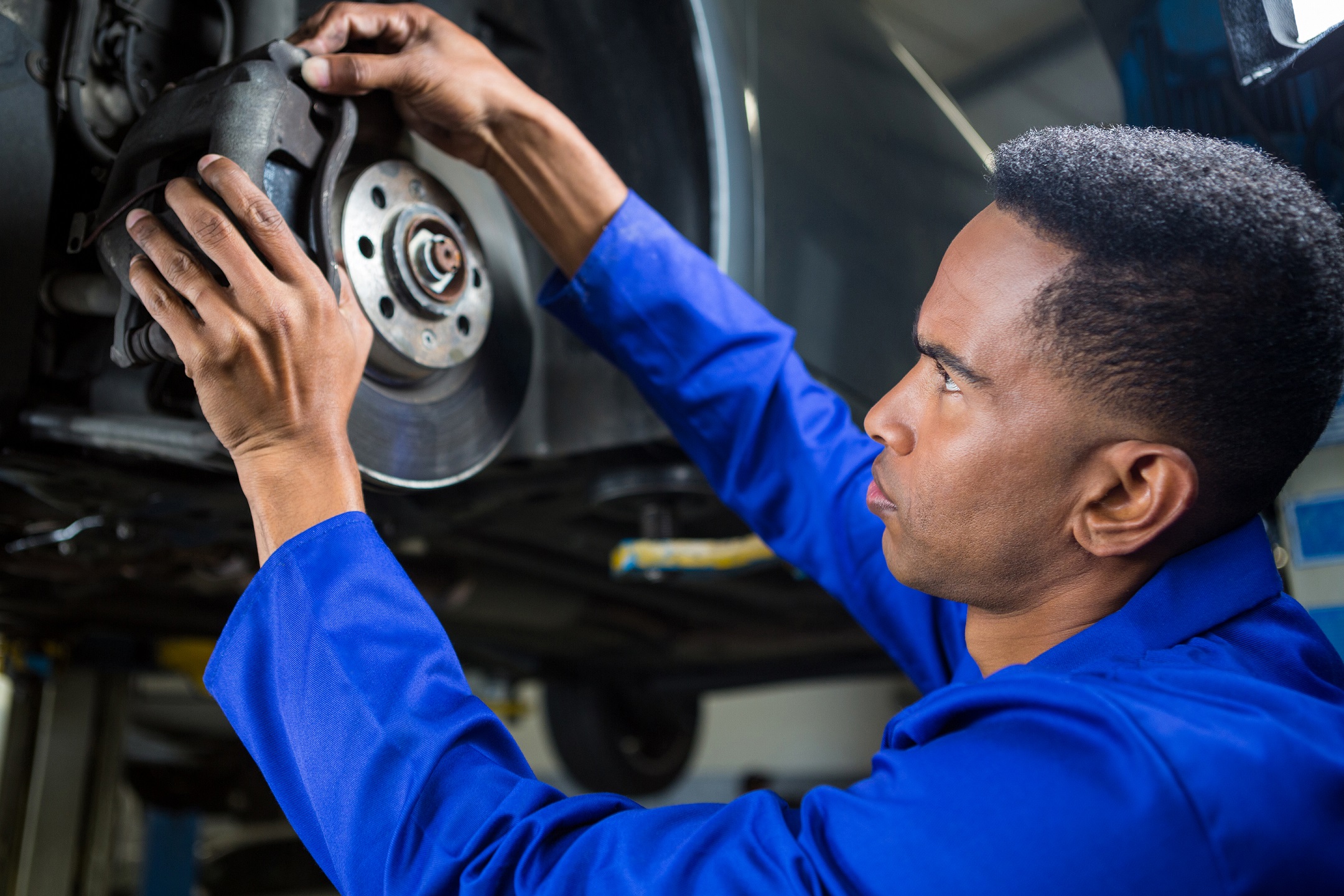If your car has been sitting for a long time, it's important to remember that certain things can happen to it. The most important thing to do before storing a vehicle is to change the oil, rotate the tires, and ensure everything else on the car is in good condition. You must confirm that your battery has an adequate charge to start the engine in hot climates. If you can't get them done yourself, find a trusted mechanic who can help you with some preventive maintenance before storing your car away for an extended time. So, how often should you drive your vehicle, and what happens if you don't drive your car regularly? Let's find out!
Top 6 issues that can occur if your car sits unused
If you allow your car to sit idle for an extended period, it can develop specific problems. Here are some issues that may occur if you keep your car sitting idle in your driveway or garage for too long.
The car's battery could frequently die
Your car battery is a crucial element of your vehicle. It provides the power to your starter, so you can turn over the engine when you're trying to get going. If that battery isn't charged, you won't have any luck starting your car. So what happens if your car sits idle for a long time? You could end up with issues like a damaged battery, keeping it from functioning correctly once you try to drive again.
The brakes could rust
Over time, the brakes inside your vehicle can oxidize, leaving them with no friction. It could result in more significant tire wear, among other things. If left untreated for long periods, your brakes could rust completely, making them unusable and dangerous for you to drive. To prevent this, you should check the brakes regularly and always perform regular maintenance.
The fuel pump could break down
All fuel has a lifespan, so don't be surprised if you smell the telltale odour of rotten eggs emanating from your fuel tank. But what happens if you don't drive your car for 6 months? Modern, unleaded fuel starts to go wrong in 3-6 months, and diesel in 6-12 months. The fuel can become viscous, which can cause a bigger problem for the car's fuel pump. If you haven't driven your car for several months, your best choice is to hire a professional european car mechanic to remove the old gasoline before starting it up again.
The exterior could be damaged
Your car's exterior may be one of the first things an outsider notices. If you cannot store your vehicle in a garage or under some cover, the sun and the elements can start to wear down the paint on the car. It can lead to exposed colour and a lighter hue or seem dulled and less vibrant than when you first purchased it. Worse yet, cracks could start appearing on the bodywork, lowering the car's value.
The interior could get infested
Rats and mice can quickly destroy a car's engine by chewing on wires, burrowing in oil pans, and nesting in the wheel wells. Any leaky vehicle can attract rodents and insects to find shelter and food. Cover up exposed areas like air intakes, radiators, openings around the intake manifold, exhaust manifold, and other pipes or vents. Keep your vehicle covered when possible to avoid pest infestation.
For how long can you go without driving your car?
As with most cars, you should try to start it up and drive it for 15-30 minutes a few times during the first month of storage. After that, check on it every couple of weeks for fuel, add it if needed, drive it for about 15 minutes, and then recheck the oil level. After an entire winter stored in a garage, engine oil may be low because there has been little external force from the engine working to push the oil inside.
How do you store a car for 6 months when you are not driving?
If you can determine in advance that you will not be driving your vehicle for an extended period, it is essential to prepare for such an eventuality.
When caring for your vehicle, the first thing to do is to determine where to store it. A garage or an under-the-overhang location provides the best protection. Still, a car cover keeps the sun, rain, hail, bird droppings and other damaging elements from reaching your vehicle.
After you purchase a car, it is vital that you fill-up the gas tank and get an oil change as soon as possible, particularly if you plan on storing it for over a month.
Before storing a car, it's best to wash it thoroughly to remove any preexisting mud, dirt, etc.
To prevent damage to your automobile, you should drive your car at least 10 miles every two weeks while hitting a speed higher than 50 mph during the drive. Starting the vehicle and letting it sit idle for several minutes is not effective in keeping your car in good condition; instead, driving it regularly is best.
To protect your car from pests, you can cover up the exhaust pipe and air intake with steel wool and spread mothballs or cotton swabs covered in peppermint oil around the vehicle.
Conclusion
A car not driven for a long time can be an attractive nuisance. It may seem nice to have and save money on insurance, but without moving it every so often, it can also be hazardous. Thus, when possible, you should start by checking the low-mileage oil level, making sure to use the proper viscosity grade for the vehicle's climate. If there is an indication of moisture on site or oil filters changed timely after the car was parked, it's possible condensation built up in the engine and needs to be released. You should avoid increasing mileage on an old car. Consider having a trained mechanic who can provide reliable Mercedes Benz service in Melbourne from time to time.

 BCS Prestige | European Car Mechanic
BCS Prestige | European Car Mechanic




